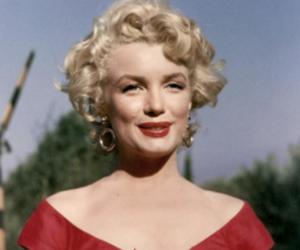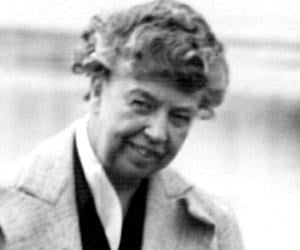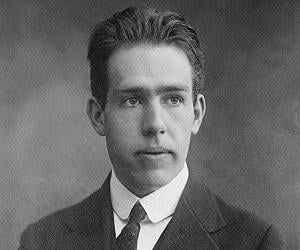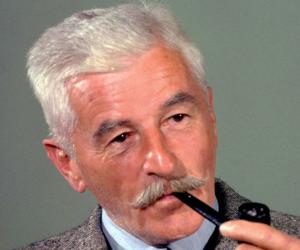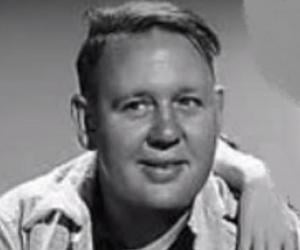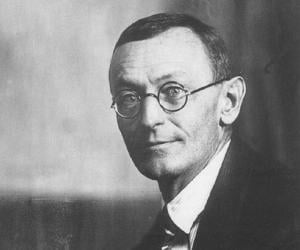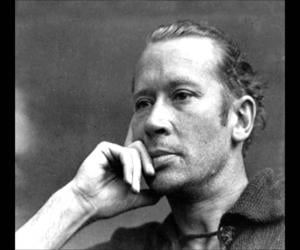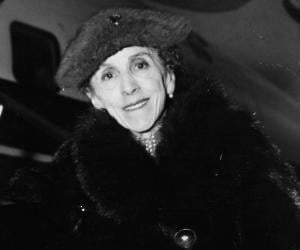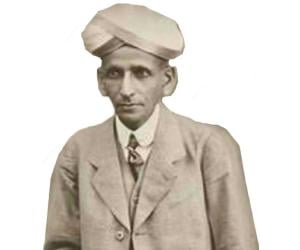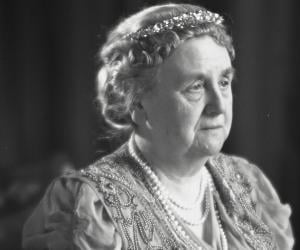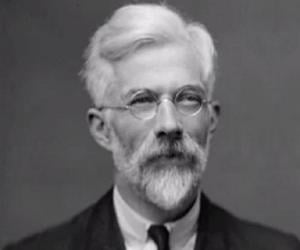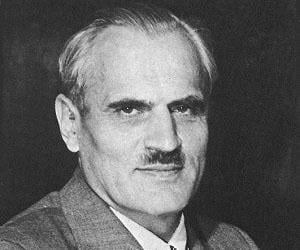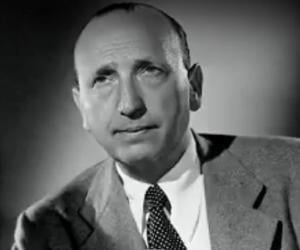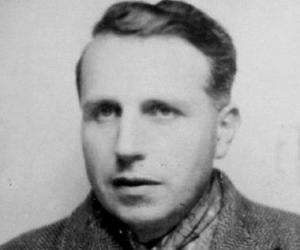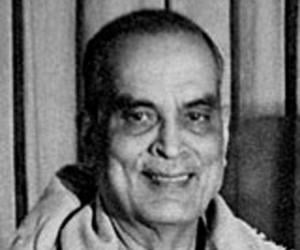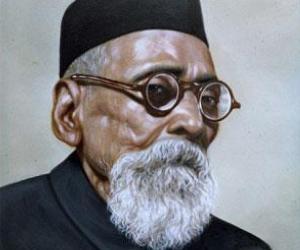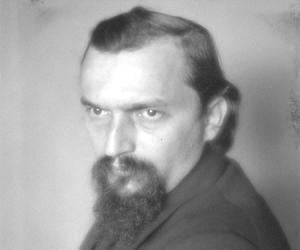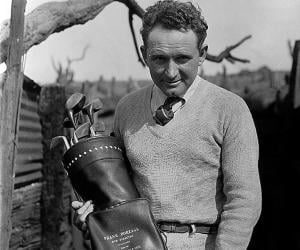A legendary American actress, model, comedienne and singer, Marilyn Monroe emerged as a major sex symbol in Hollywood in the 1950s and early 1960s. Amongst the most successful actresses of her time, she also won critical acclaim for her acting in movies like Some Like It Hot. Her personal and professional life, though from the beginning, were marked by hardships, struggles and controversies.
Feminist and civil rights icon Eleanor Roosevelt, wife of President Franklin D. Roosevelt, was the longest-serving U.S First Lady. She was a prominent human rights activist, wrote columns, and hosted a radio show. She was named to Gallup's List of Most Widely Admired People of the 20th Century in 1999.
German-born Swiss poet, novelist, and painter Hermann Hesse received the Nobel Prize in Literature in 1946. He explored individuals’ search for authenticity, self-knowledge, and spirituality in his works. An intense and headstrong person from childhood, he developed an early interest in reading. He started writing as a young man and became an influential author in the German-speaking world.
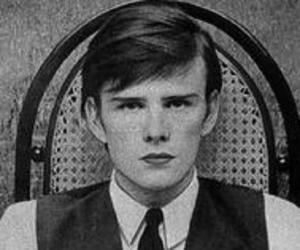
Stuart Sutcliffe was a Scottish musician and painter. He is best remembered for his association with the popular rock band the Beatles, where he was the original bass guitarist. Before achieving popularity as a guitarist, Sutcliffe left the Beatles to pursue painting. Along with John Lennon, Stuart Sutcliffe is credited with coining the name Beetles, which later became the Beatles.
Danish author Karen Blixen is best known for her memoir Out of Africa, in which she shared her experiences of living in Kenya for a few years. She was popular across Europe and wrote under several pen names. She was awarded the Danish Holberg Medal in 1949. She was shortlisted several times for the Nobel Prize in Literature.
Wilhelmina of the Netherlands, the only child of the King William III and his second wife, Emma of Waldeck and Pyrmont, became queen at age 10. While she remained neutral during World War I, she went into exile to England during World War II. Her autobiography revealed her religious devotion.
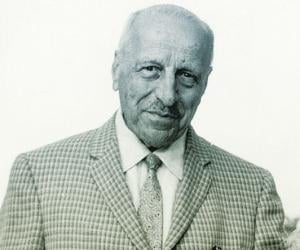
Georgios Papanikolaou was a Greek physician who was a pioneer in early cancer detection. He reported that uterine cancer cells could be detected in vaginal smears as early as 1928, but his work did not receive much attention until the 1940s. He invented the Papanicolaou test, commonly known as the Pap smear or Pap test for cervical screening.
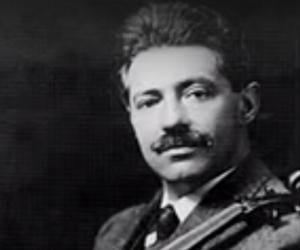
Born to a doctor in Austria, Fritz Kreisler was a music prodigy. However, after being rejected by the Vienna Philharmonic, he had started studying medicine. He had also studied art and been part of the Austrian army, though he is chiefly remembered for his violin pieces such as Viennese Caprice.
Ronald Fisher was a British polymath, statistician, geneticist, mathematician, and academic. He is credited to have single-handedly created the foundations for modern statistical science. He made important contributions to the field of genetics and is known as one of the three principal founders of population genetics. He was elected to the Royal Society in 1929.
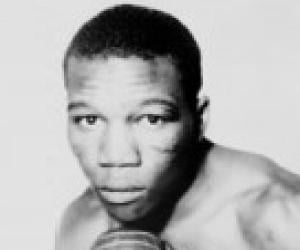
American physicist Arthur Compton is best-known for introducing Compton wavelength, discovering Compton scattering, first identifying the Compton–Getting effect in the intensity of cosmic rays along with Ivan A. Getting, and for the Compton generator. He received the Nobel Prize in Physics in 1927 for discovering Compton effect. He also remained a prominent figure during the Manhattan Project.
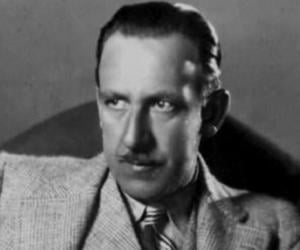
Tod Browning was an American actor, director, screenwriter, and vaudeville performer. Browning is best remembered for directing films like Dracula and Freaks. He had an illustrious career that spanned from 1913 to 1939. Although he was famous during his lifetime, Browning's work received greater critical appreciation after his death. He is sometimes referred to as the Edgar Allan Poe of cinema.
Georges Bataille was a French intellectual and philosopher best remembered for his work in various fields, such as philosophy, sociology, history of art, anthropology, literature, and consumerism. His work would later have a huge impact on subsequent schools of social theory and philosophy. Also a prolific writer, Georges Bataille wrote on subjects like mysticism, erotism, transgression, and surrealism.
Bidhan Chandra Roy was an Indian educationist, physician, statesman, philanthropist, and freedom fighter. Widely regarded as the chief designer of modern West Bengal, Roy founded several institutions and four cities in the state. He also served as West Bengal's chief minister from 1948 to 1962. In 1961, Bidhan Chandra Roy was honored with India's highest civilian award, The Bharat Ratna.
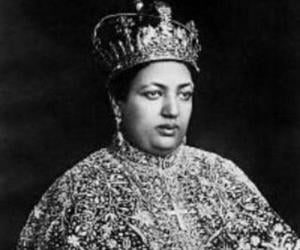
Menen Asfaw ruled as an empress consort of Ethiopia, as the wife of Emperor Haile Selassie. Born into the noble family of Asfaw, Jantirar of Ambassel, she apparently had 3 marriages before she got married to Haile Selassie. She proved to be a trusted advisor to Selassie till her death.
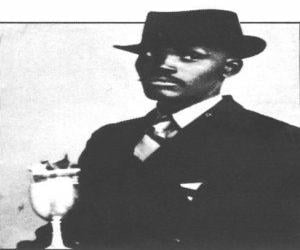
Solomon Linda is best remembered for writing the hit Mbube, later known as Wimoweh and The Lion Sleeps Tonight. Part of the Evening Birds, he never got his due and died poor. His family couldn’t afford to build a headstone for his grave until 18 years after his death.
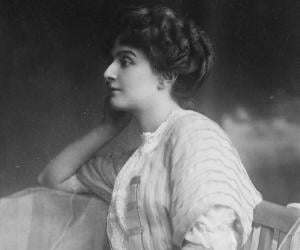
Dhondo Keshav Karve was an Indian social reformer who worked for women's welfare in India. A pioneer in supporting widows' education, Karve also promoted widow remarriage. He also walked the talk by marrying a widow. Karve is credited with founding SNDT Women's University, India's first women's university. In 1958, he was honored with India’s highest civilian award, the Bharat Ratna.
Ivan Meštrović was a Croatian architect, sculptor, and writer. Counted among the most important Croatian sculptors of the modern era, Ivan Meštrović is sometimes credited with taking Croatian arts to the world stage. He also had a strong artistic influence on Serbia where many streets are named in his honor.
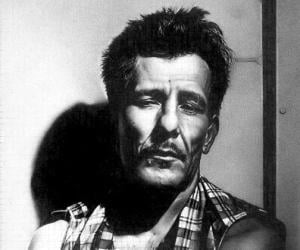
Franz Kline of the New York School is counted among the most significant artists of the Abstract Expressionist movement. Labelled as an action painter, Kline’s etched a niche with his seemingly spontaneous and intense style that focused more on actual brushstrokes and use of canvas instead on figures or imagery as exemplified in his masterpiece, Number 2 (1954).
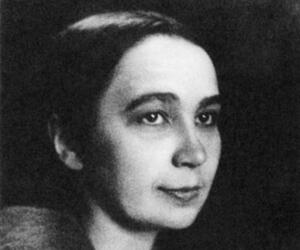
Natalya Goncharova was a Russian avant-garde painter, writer, illustrator, costume designer, and set designer. A member of avant-garde groups like Jack of Diamonds and Donkey's Tail, Goncharova influenced several unconventional artists in Russia and Paris. Goncharova also had a successful career as a costume designer; she designed costumes for the Ballets Russes.
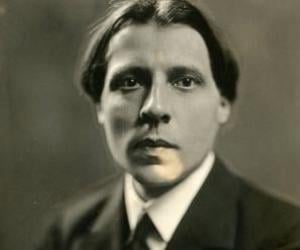
French pianist Alfred Cortot is remembered for his renditions of popular Romantic composers, such as Chopin and Schumann. The Paris Conservatory alumnus later established the Paris Orchestre Philharmonique and the École Normale de Musique. He also formed a trio with cellist Pablo Casals and violinist Jacques Thibaud.
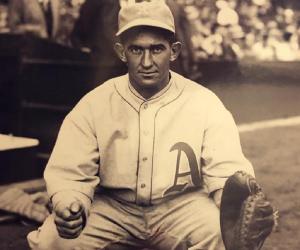
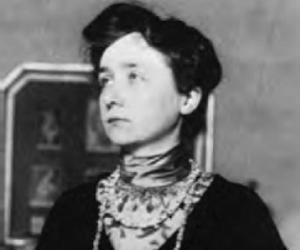
Gabriele Munter was a German expressionist painter who led the Munich avant-garde movement in the early 20th century. She began to draw as a child and was supported in her ambitions by her parents. She went on to have a successful career and became a founding member of the expressionist group Der Blaue Reiter. She lived with painter Wassily Kandinsky.
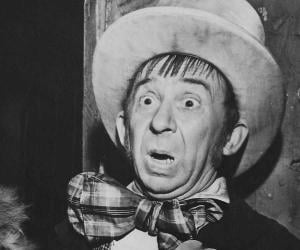
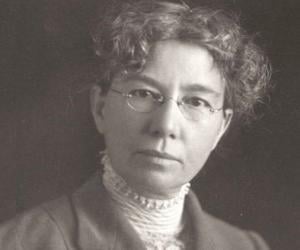
Mary Gilmore was an Australian writer and journalist. She wrote both prose and poetry and is recognized for her tremendous contribution to Australian literature. As a young woman, she became a school teacher and held utopian socialist views. She eventually started writing and gained fame as an author and poet later in life.
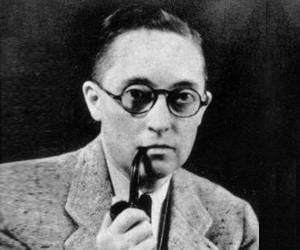
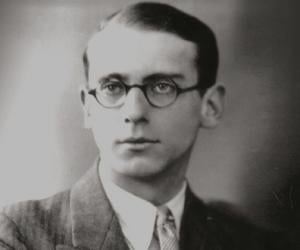
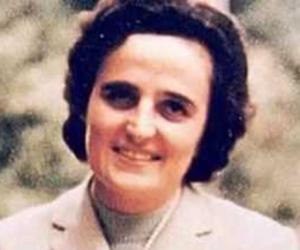
Gianna Beretta Molla was a Roman Catholic pediatrician, canonized as a saint for saving her unborn child’s life at the expense of her own. Although she knew that the removal of only the fibroma would endanger her life, she refused have an abortion, thus upholding the Roman Catholic doctrine that even an unborn child has a fundamental right to life.
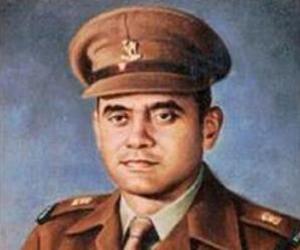
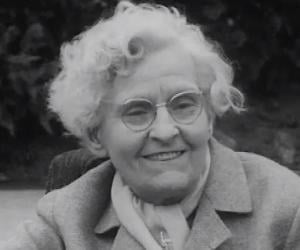
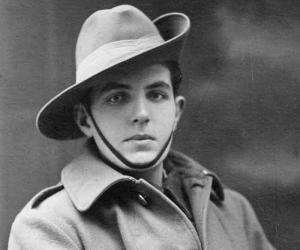
Born Laura Dillon, a girl, in Britain, Michael Dillon later became the first trans man to undergo a female-to-male sex-change operation by phalloplasty. A qualified doctor, he also served as a naval surgeon, penned books such as Self: A Study in Ethics and Endocrinology, and later deviated to Buddhism.
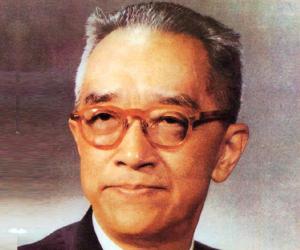
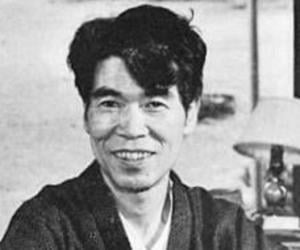
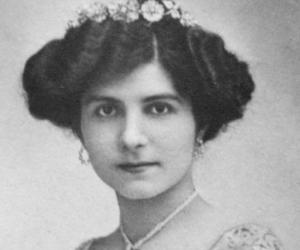
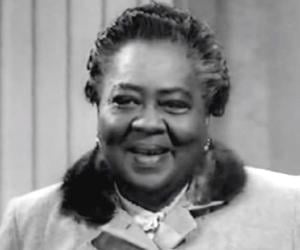
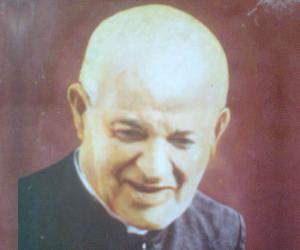
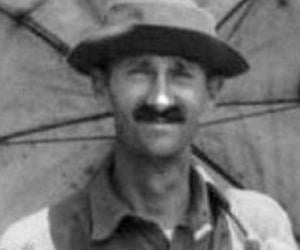
American marine biologist, ornithologist, and entomologist William Beebe is remembered for his exploratory expeditions conducted for the New York Zoological Society. He also co-discovered the Bathysphere, penned many books, was a renowned lecturer, worked with the New York Zoological Gardens, and led tropical research at the New York Zoological Society.
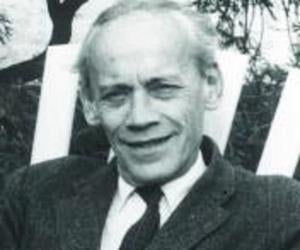
Considered a pioneer in the field of abstract algebra, Austro-German mathematician Emil Artin reached great heights in academics in spite of losing his father to syphilis at age 8. He's best remembered for his contribution to the class field theory and his theorems and concepts such as the Artin rings.
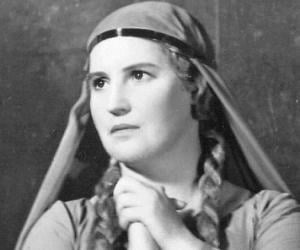
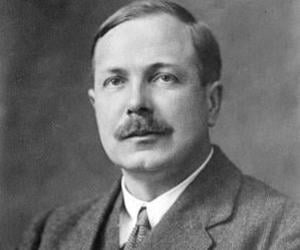
Charles Galton Darwin was an English physicist. Born into a prominent family of intellectuals, he was the son of mathematician George Howard Darwin and a grandson of biologist Charles Darwin. He studied mathematics at Trinity College, Cambridge, and began an academic career. He, later on, served as the director of the National Physical Laboratory (NPL). He loved to travel.
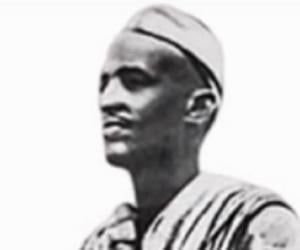
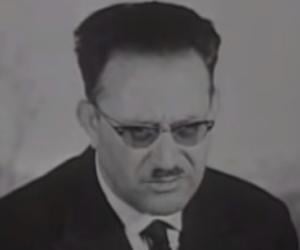
Mouloud Feraoun was an Algerian writer who wrote in French. Some of his books have been translated into a number of languages including German and English. Also an important and influential participant of the Algerian War of Independence, Mouloud Feraoun was martyred during the war in 1962.
